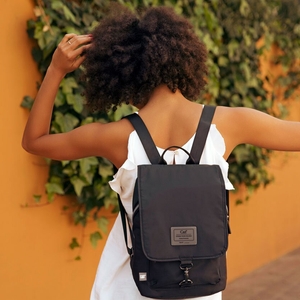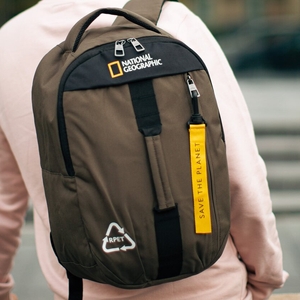In this article, we will explore the different types of locks available, how they differ from each other, and their advantages.
Types of Locks
1. Padlocks for Suitcases
The uniqueness of these locks lies in the fact that you can completely detach them from their fastening elements, simply put — remove them from the suitcase and use them again on another one. Their main advantage is the ability for multiple uses on any type of luggage.
As for the reliability of such a lock, it depends on the model's price range. Most padlocks can be broken with pliers by simply cutting through the suitcase's fastening element. Your only protection against this might be purchasing a lock with a shackle made of a sturdier material, like steel, instead of a flexible cable.
2. Integrated Locks
Most modern suitcases come with locks that are pre-installed in their design. They can be integrated either into the side or top panel of the suitcase. Obviously, these locks cannot be removed. Their main advantage is the elimination of the need to buy an additional lock. In terms of strength, such locks can effectively protect your luggage from theft.
All locks generally fall into two categories based on their locking mechanism — code and key.
Code locks are opened using a security combination, usually consisting of 3, and less often, 4 digits. The factory setting for almost all code locks is 000.
Key locks, as the name suggests, are locks that open with a key included with the suitcase.
Each type can be either integrated or padlocked.
What if your lock has both a code and a keyhole? What is the TSA system?
The presence of both is a distinctive feature of a lock with the TSA system.
A TSA lock is a lock with a customs inspection feature. It was developed in collaboration with the U.S. Transportation Security Administration (TSA), hence the name — TSA.
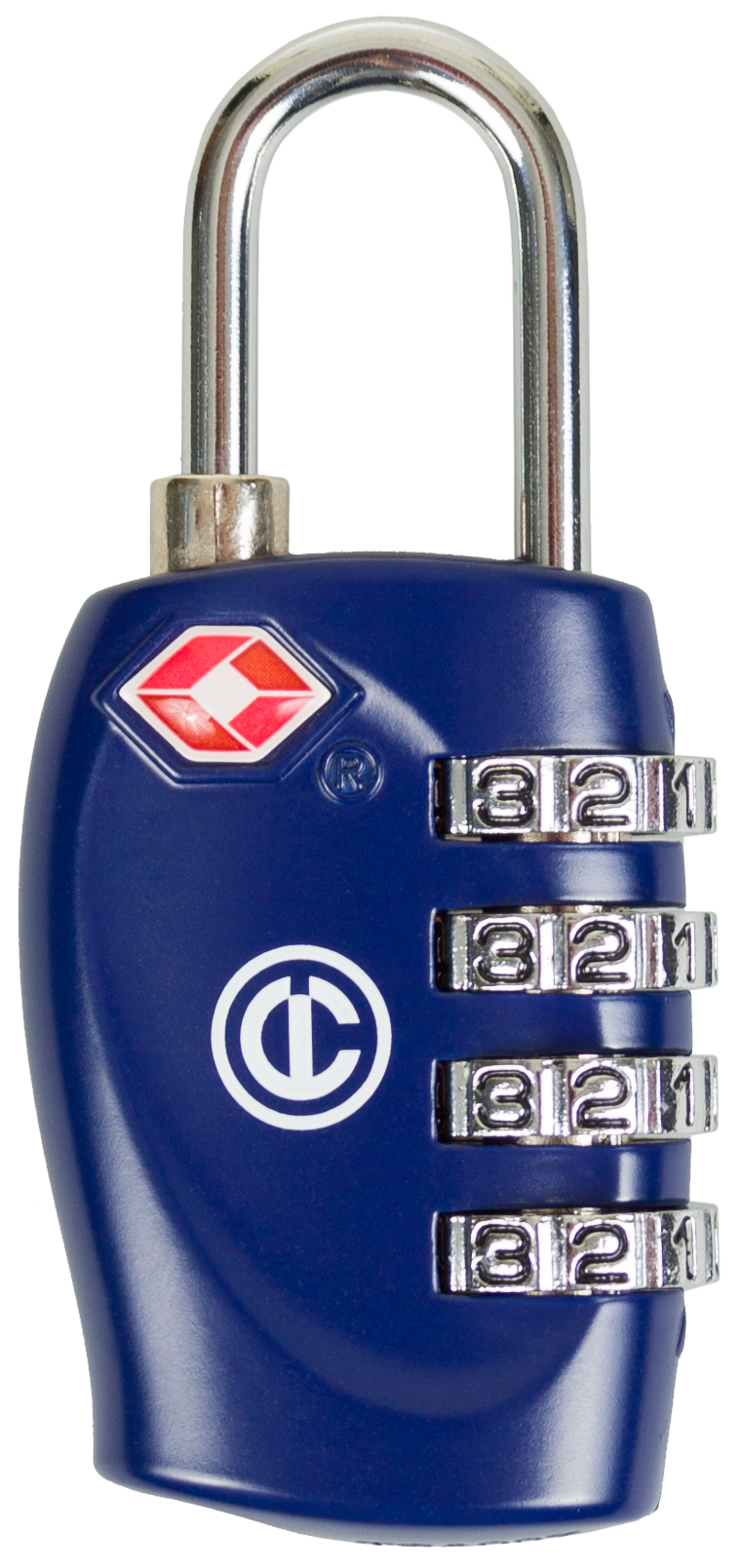
After the wave of terrorist attacks in 2001, the U.S. government was compelled to revise its security measures and introduce new inspection rules. Since then, security services can inspect any suitcase or bag without the owner's presence. After the inspection procedure, a sticker is placed on the luggage, indicating that your bag was examined.
As it's impossible to open a suitcase without the owner and leave the lock intact, locks had to be either broken or cut. This rule led to significant problems and complaints from travelers. To mitigate the growing conflict, major luggage manufacturers, along with the Transportation Security Administration, developed a lock that can be opened with a universal key.
The working principle of a TSA lock is quite simple and not much different from a regular lock. The difference is that the TSA lock includes a hole for a universal key. These locks can be both integrated and padlocked and can be opened using either a code combination or a key. A distinctive feature is the symbol of a red diamond, which you can find on any TSA lock.
Note that the universal key is not included with the suitcase; it is only available to security staff of customs services in the USA, Canada, the UK, and Israel. By the way, the list of these countries is expanding every year.
Overall, TSA is a technology that allows you to travel comfortably without worrying about your luggage.
Lock Coding
As we mentioned earlier, the factory setting for all locks is 000*.
Next, we'll look at examples of how to set your code lock to secure your belongings.
*If you have already changed the code from 000 to your own and want to change it again, use the code you set during the last change instead of "000" in the following examples.
1. Integrated Code Lock (Type 1):
| Appearance: | Coding: |
.jpg) |
 |
*If the button does not stay pressed automatically, keep pressing it until you set the new code.
2. Integrated Code Lock (Type 2):
| Appearance: | Coding: |
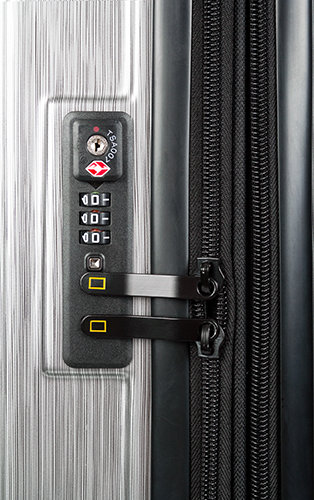 |
 |
3. Padlock Code Lock (Type 1):
| Appearance: | Coding: |
 |
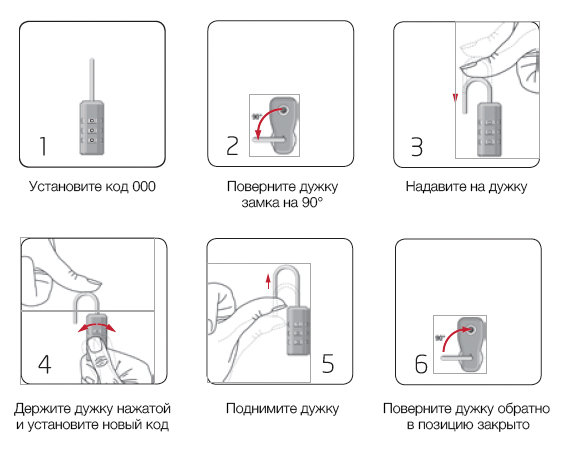 |
4. Padlock Code Lock (Type 2):
| Appearance: | Coding: |
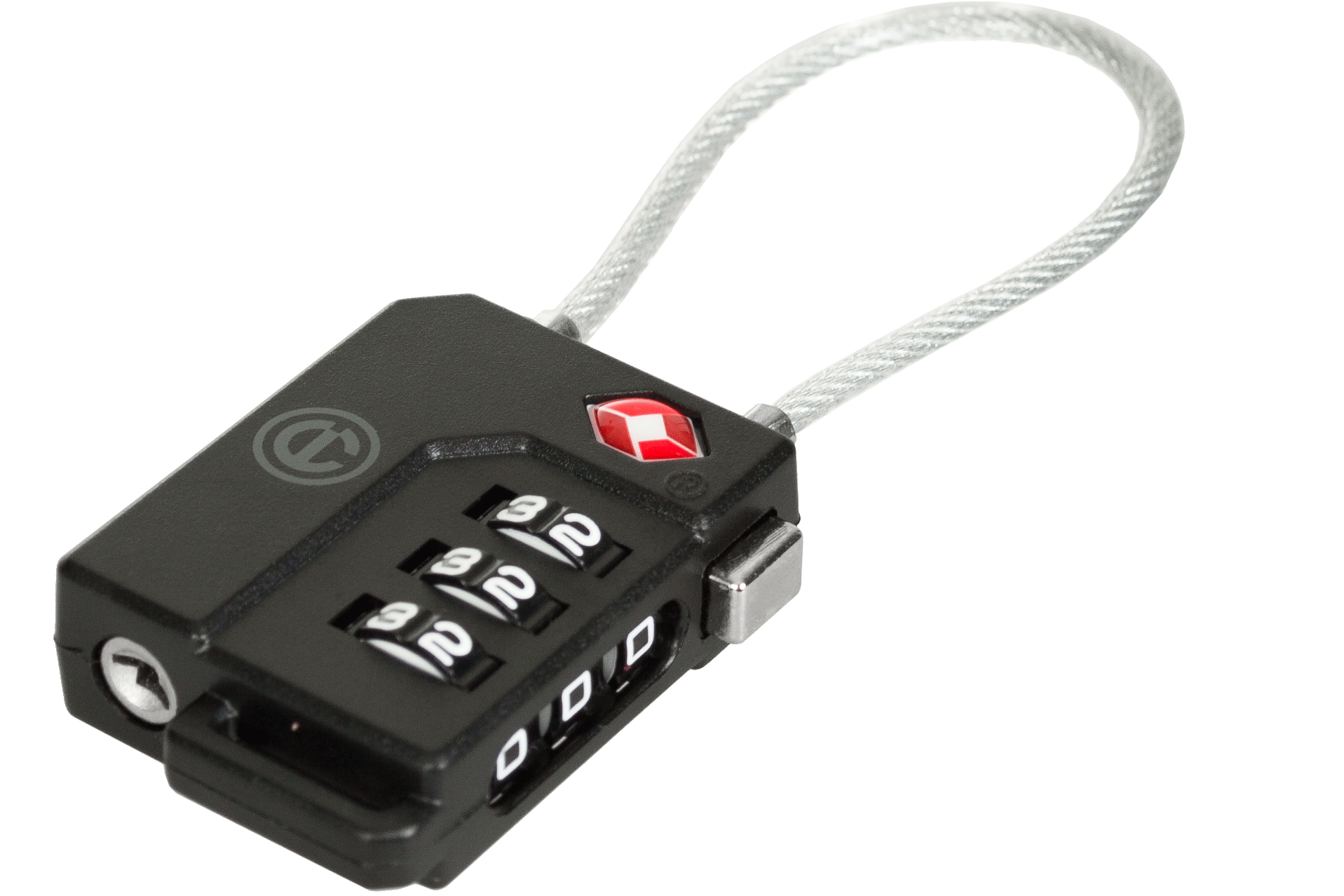 |
 |
1. Open the lock.
2. Move the switch from the position as in picture A, to the position as in picture B.
3. Enter the desired code (e.g., 8-8-8), remember the combination.
4. Move the switch from position B to position A.
*If your lock lacks such a switch, press the button with the handle and change the code. (Following the principle of the integrated code lock of the 1st type).
5. Integrated Code Lock on Suitcases with Latches:
| Appearance: | Coding: |
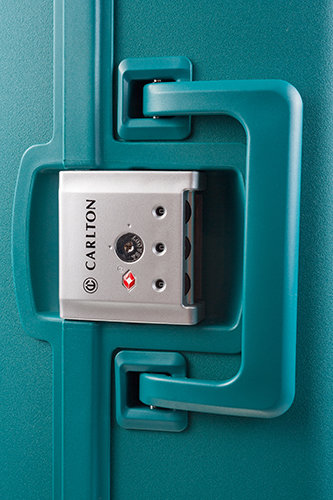 |
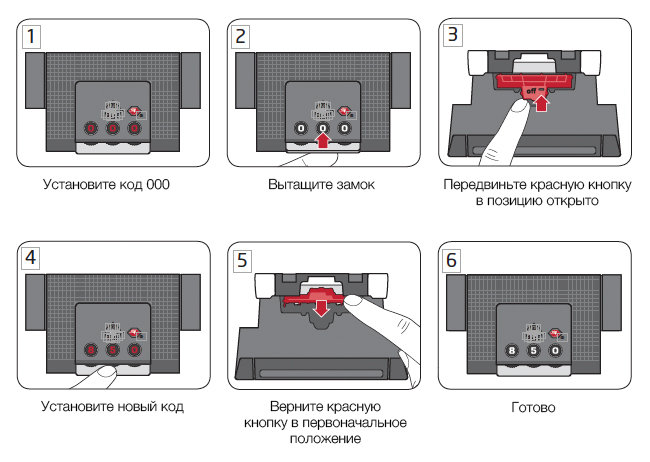 |
What to do if you forget the code?
The longest but most optimal method is to try all possible combinations. It will help you maintain the integrity of the suitcase and the lock, but picking a 3-digit code will take about 2.5 to 3 hours.
You can also contact a service center, where our experts will be happy to assist you. (Service and Warranty).
Also, as no lock can unfortunately guarantee 100% protection of your luggage, we recommend refraining from transporting valuable items in the luggage compartment whenever possible.



















